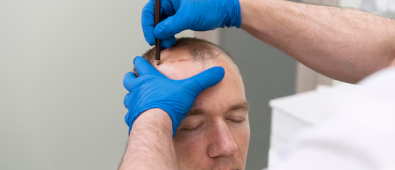The spinolaminar junction is a key anatomical feature of the axis vertebra. It serves as an important connection point between the odontoid process, which is a bony structure located at the base of the skull, and the lamina of the axis. In this blog post, we’ll explore why understanding this junction is so important for medical professionals.
The spinolaminar junction serves as an attachment point for several muscles and ligaments that support your neck and head. When functioning properly, these muscles and ligaments help to maintain proper posture and balance. Additionally, they provide stability to your spine by helping to absorb shock from daily activities like walking, running, or even just sitting in one place for extended periods of time.
When it comes to diagnosing neck pain or injury, doctors will often look at how well the spinolaminar junction is working. If the muscles and ligaments around this area are weak or damaged, it can cause instability in your spine which can lead to further complications down the line. This type of instability can be caused by anything from a traumatic injury to improper posture over an extended period of time.
It’s also worth noting that injuries to this area are not always obvious on imaging tests like x-rays or MRI scans. That means it’s important for medical professionals to have an intimate knowledge of anatomy so they can properly diagnose any issues related to this area without relying solely on imaging tests. By doing so, they can ensure that any treatment plan they develop addresses all potential causes of pain or injury in the neck region – including those related to the spinolaminar junction itself.
Conclusion:
The spinolaminar junction is an essential anatomical feature that plays a crucial role in maintaining proper posture and balance as well as providing stability for your spine during physical activity. For medical professionals looking to diagnose injuries in this region, having an intimate knowledge of anatomy is key in order to identify any issues related to this area without relying solely on imaging tests alone. Understanding why this junction exists and how it works can help healthcare providers develop more effective treatment plans that address all potential sources of discomfort or injury in their patient’s neck region – including those related to problems with this specific joint structure itself!


